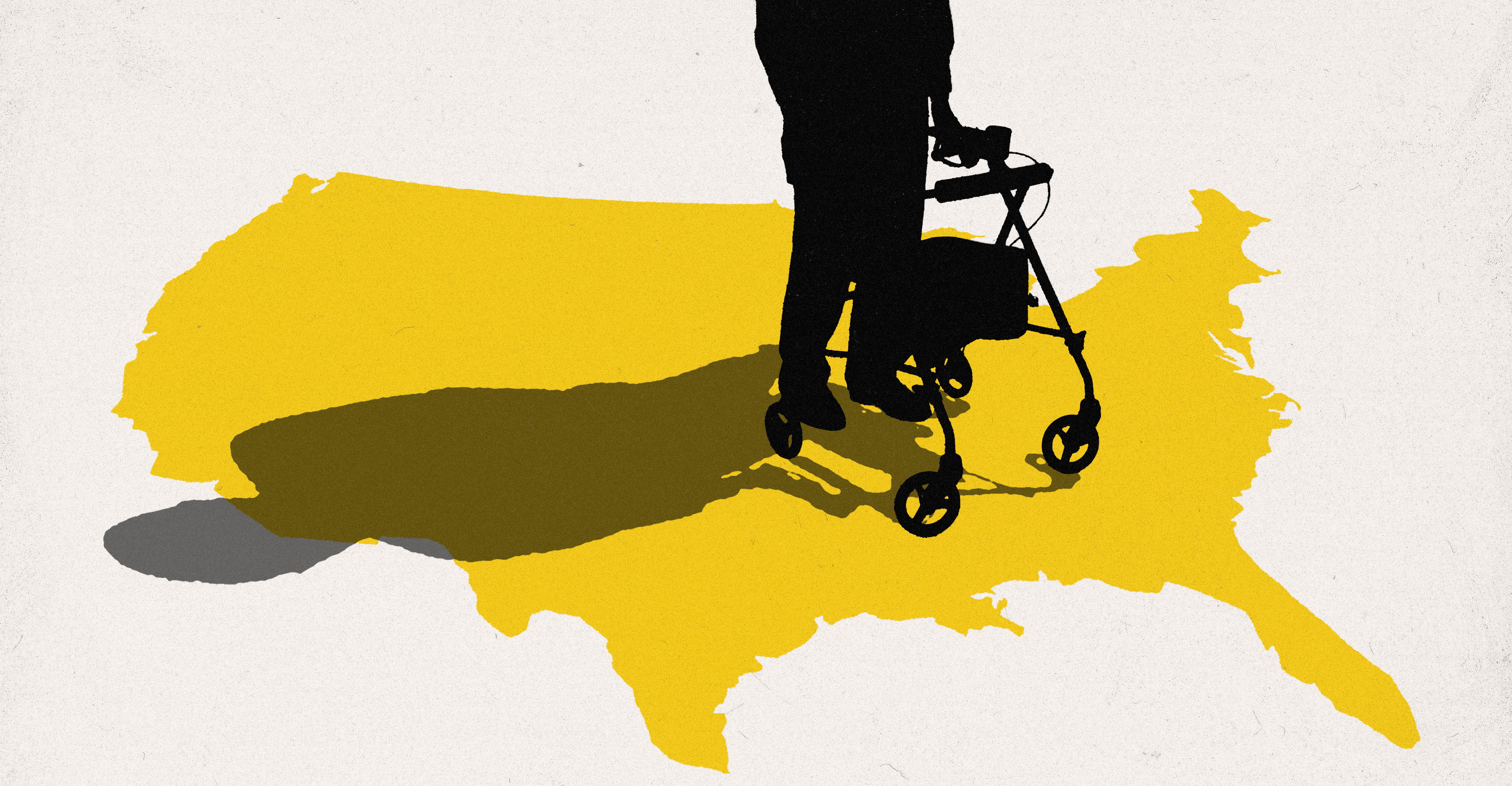The OECD area unemployment rate continued to decline slightly in March 2021, to 6.5% (from 6.6% in February 2021). It remained 1.2 percentage points above the rate observed in February 2020, before the COVID-19 pandemic hit the labour market.

Overall, 42.65 million people remained unemployed in the OECD, which contains countries in the eurozone as well as the US, Australia, New Zealand, Japan, South Korea, the UK, Mexico and Canada, among others.
The jobless rate remained 1.2 per cent above the rate recorded in February last year before the pandemic affected the labour market.
“In March, a marginal decline of the unemployment rate was also observed in the euro area – to 8.1 per cent, from 8.2 per cent in February 2021 – where the largest falls were registered in Finland to 7.7 per cent, Lithuania to 8.9 per cent, Portugal to 6.5 per cent and Spain to 15.3 per cent,” the OECD said.
Outside Europe, the unemployment rate decreased in March in most countries: by 0.7 percentage point in Canada (to 7.5%), 0.5 percentage point in Colombia (to 13.8%), 0.3 percentage point in Japan (to 2.6%), and 0.2 percentage point in Australia (to 5.6%), Mexico (to 4.3%) and the United States (to 6.0%).
In contrast, it rose by 0.3 percentage point, to 5.4%, in Israel. More recent data show that in April the unemployment rate rose by 0.6 percentage point in Canada (to 8.1%) and by 0.1 percentage point in the United States (to 6.1%).
More generally, it should be noted that unemployment statistics do not account for the full amount of labour market slack due to COVID-19, as some non-employed people may be classified as “out of the labour force”, because, due to the pandemic, they are either not able to actively look for a job or are not available to work.
However, the jobless rose to 5.4 per cent in Israel, despite its rapid vaccination roll-out and more recent data indicates that unemployment is also set to rise in April in Canada and the US, increasing to 8.1 per cent and 6.1 per cent respectively.
The OECD’s youth unemployment rate also decreased further in March, falling to 13.3 per cent for 15 to 24-year-olds from 13.6 per cent in February. However, that is still 2 per cent above the pre-pandemic level recorded in February last year.

Gold prices plunge in Pakistan, global markets
- 4 گھنٹے قبل

The Kennedy Center Honors continue Trump’s vengeance on liberal Hollywood
- 14 گھنٹے قبل
A great night for Kent, but another stain on the Hall of Fame
- 4 گھنٹے قبل

You can now text photos directly to Aura’s digital picture frames
- 16 گھنٹے قبل

Donald Trump reminds the entire world he has no idea what 6G means
- 16 گھنٹے قبل

3 theories that explain Trump’s collapsing support
- 14 گھنٹے قبل
Renowned motorcar stuntman Sultan Golden breaks two world records
- ایک گھنٹہ قبل

The Vergecast 2025 year in review
- 16 گھنٹے قبل

Blame Republicans for our health insurance mess
- 14 گھنٹے قبل
Pakistan Army remains focused on internal, external challenges: Field Marshal
- 5 گھنٹے قبل

The alarming rise in antibiotic use by the meat industry
- 14 گھنٹے قبل
Erdogan warns Black Sea should not be ‘area of confrontation’ after strikes
- 3 گھنٹے قبل











